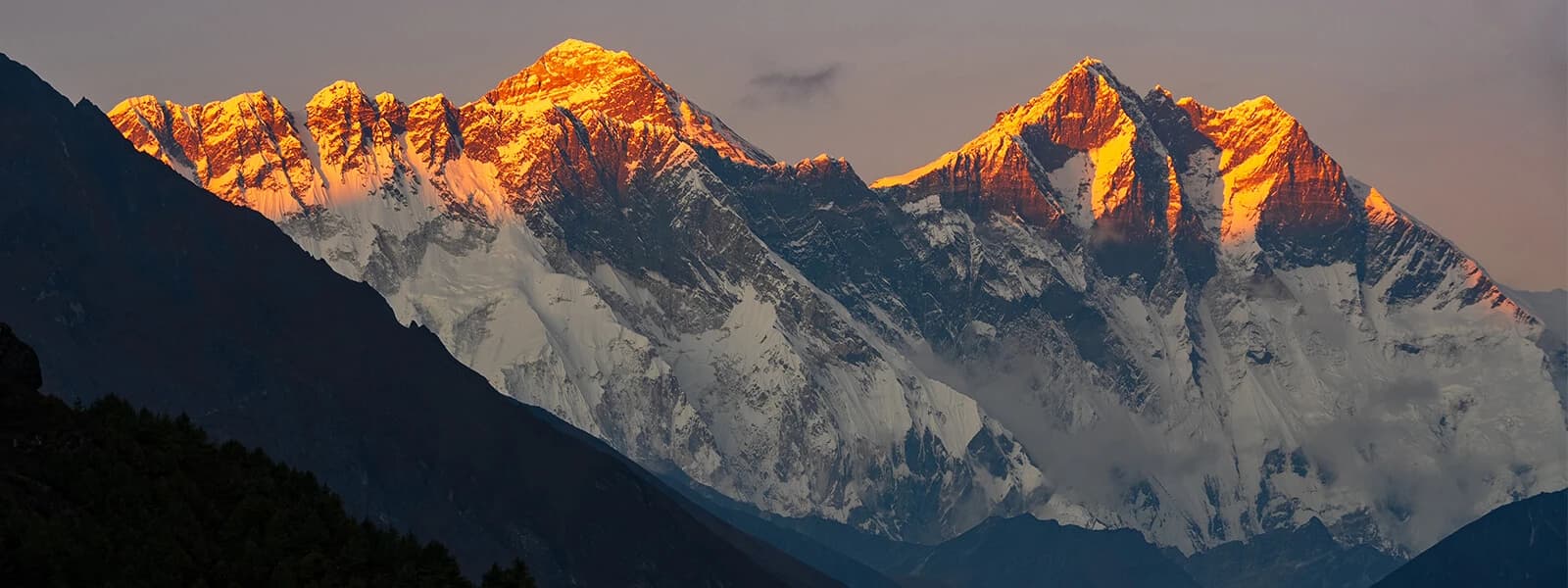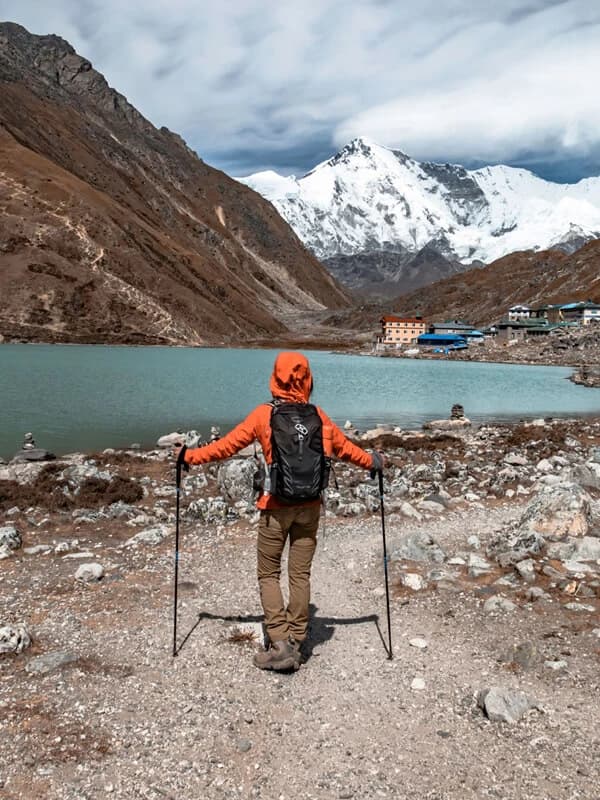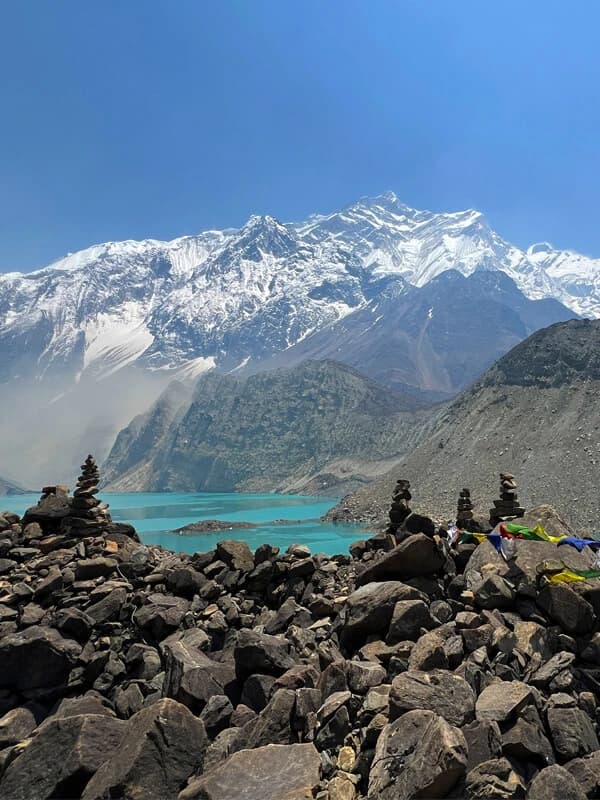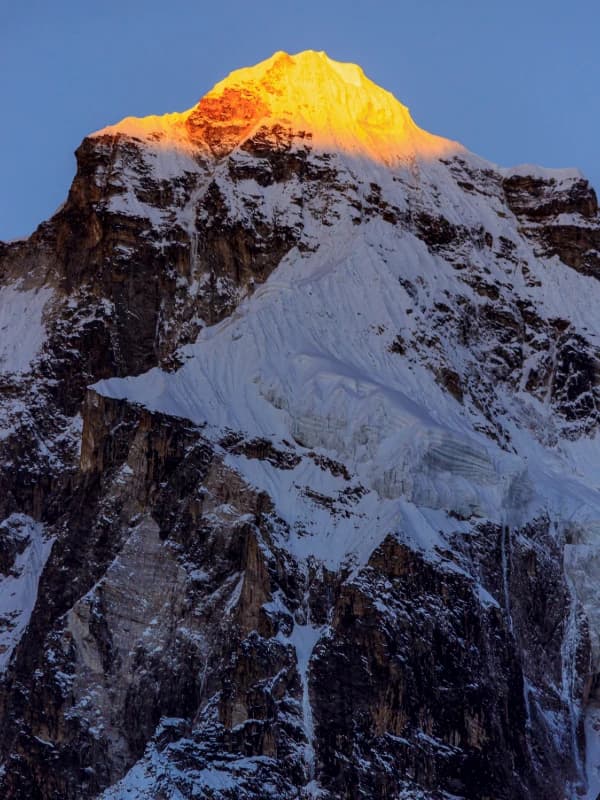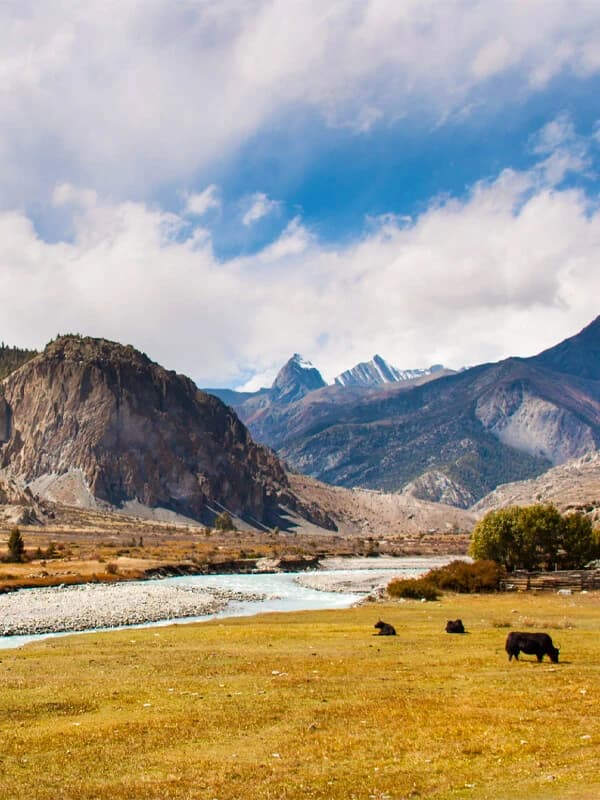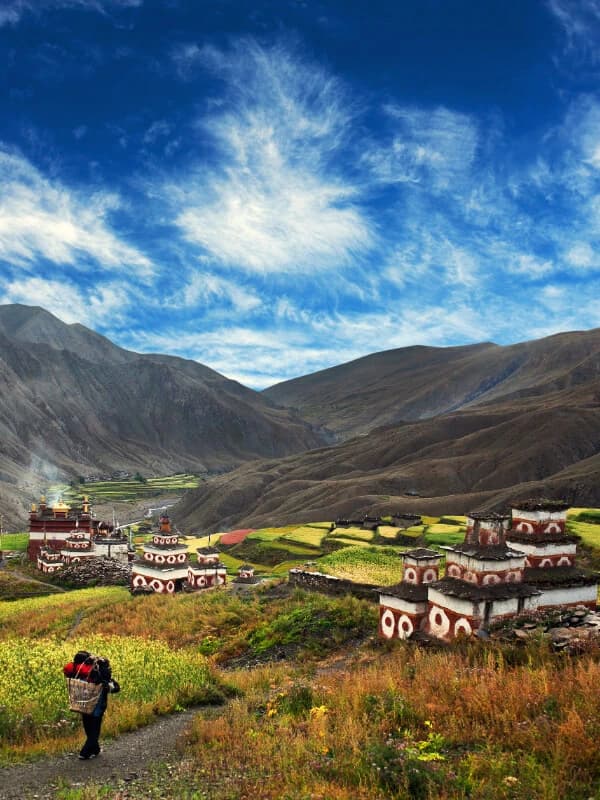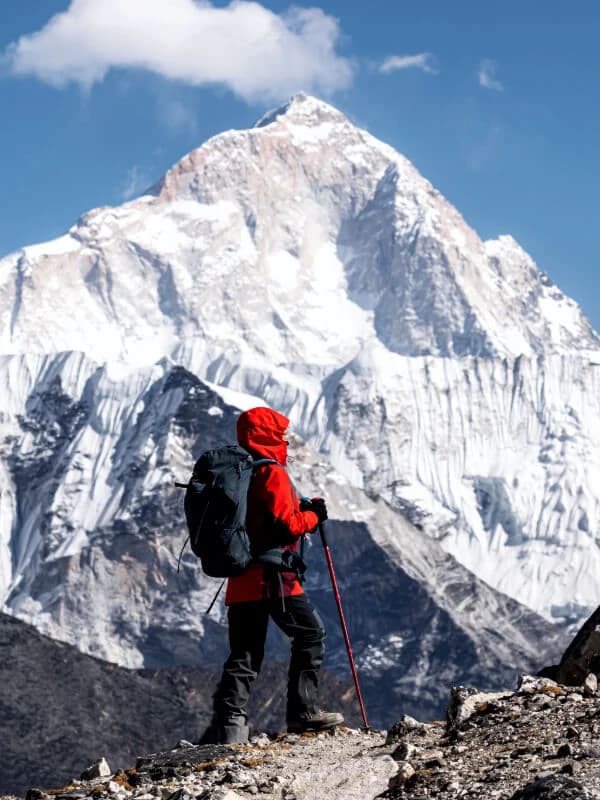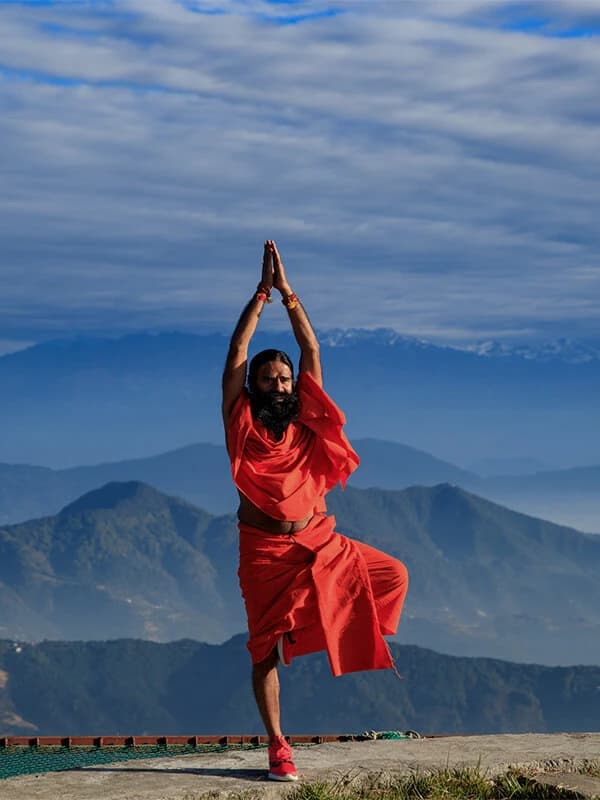Dreaming of exploring Nepal's spectacular landscapes? Welcome to Nepal, where every trail leads to breathtaking views and memorable encounters with local culture. Known for its majestic Himalayan peaks, Nepal offers treks ranging from easy, scenic routes to rugged, high-altitude expeditions. This diversity makes Nepal a top choice for trekkers worldwide who crave both beauty and adventure. For those trekking in Nepal, Regulus Nepal offers expertly crafted journeys through some of the world’s most breathtaking landscapes, designed for both first-time explorers and seasoned trekkers alike.
Trekking
Why Choose Nepal for Trekking Adventures?
Nepal stands as a premier destination for trekking adventures, offering some of the world’s most stunning landscapes paired with rich cultural experiences. Trekking in Nepal isn’t just about the mountains. It’s about the entire journey, from lush forests and tranquil valleys to the warm hospitality of Nepalese locals. As you ascend, you’ll transition through diverse terrains and ecosystems—from subtropical forests to alpine meadows to the icy landscapes near Himalayan peaks.
Nepal’s trails offer trekkers a glimpse into ancient cultures and traditions. You’ll pass through villages where life has remained unchanged for centuries, with stone houses, monasteries, and prayer flags dotting the landscape. Regulus Nepal ensures that trekkers experience authentic interactions with local communities, gaining insight into the distinct customs and practices unique to each region.
Popular Trekking Routes
Popular trekking routes in Nepal offer diverse experiences for every type of trekker. Here are our top picks:
| Trek | Duration | Highlights |
| Everest Base Camp Trek | 12-14 days | Stunning views of Mount Everest, Sherpa culture, Kala Patthar |
| Annapurna Circuit Trek | 15-20 days | Varied ecosystems, traditional villages, panoramic mountain views |
| Langtang Valley Trek | 7-10 days | Rich biodiversity, peaceful landscapes, Tamang culture insights |
| Manaslu Circuit Trek | 14-18 days | Remote trails, untouched nature, majestic Mount Manaslu |
Best Time to Trek
The best time to trek in Nepal depends on the season and region. Generally, these two seasons offer ideal conditions:
Spring (March to May)
This season is known for clear skies, blooming rhododendrons, and comfortable temperatures, making it a favorite for trekkers. The trails are vibrant, and mountain visibility is excellent.
Autumn (September to November)
Stable weather and crystal-clear mountain views make autumn a prime season. The landscapes are stunningly colorful, and the cooler air provides perfect trekking conditions.
Winter (December to February) and Monsoon (June to August) are typically less favorable due to colder temperatures and heavy rainfall. However, some lower-altitude trails remain accessible.
Permits and Regulations for Trekking in Nepal
Permits are essential for trekking in Nepal, as they help preserve natural and cultural sites while ensuring your safety on the trails. Regulus Nepal handles all the necessary permits, simplifying your preparation process. Here are the primary permits required:
- TIMS (Trekkers' Information Management System) Card
- Purpose: Registers trekkers for safety and accountability.
- National Park or Conservation Area Permits
- Examples: Sagarmatha National Park Permit for the Everest region, Annapurna Conservation Area Permit (ACAP) for the Annapurna Circuit.
- Restricted Area Permits
- Examples: Manaslu Restricted Area Permit for the Manaslu Circuit.
What to Pack
What to pack for trekking in Nepal is vital for a comfortable and safe trek. Essentials include:
- Clothing:
- Moisture-wicking base layers
- Insulating jackets
- Waterproof and windproof outer layers
- Gear:
- Durable trekking boots
- Sleeping bag suitable for low temperatures
- Trekking poles
- Accessories:
- Sunglasses and sunscreen
- Headlamp with extra batteries
- First aid kit and personal medications
Accommodations on Trek
Accommodations on trekking routes in Nepal range from basic to comfortable options, depending on the trail and location:
| Type | Description |
| Teahouses | Simple lodges providing meals and lodging along popular trails. |
| Camping | Ideal for remote areas, offering flexibility and close nature contact. |
| Guesthouses | Available in larger villages, offering more amenities and comfort. |
Safety Tips for Trekking in Nepal
Safety is paramount for an enjoyable trekking experience. Here are some practical tips to keep in mind:
- Acclimatize Properly: Gradually increase altitude to avoid altitude sickness.
- Stay Hydrated: Drink ample water to combat the effects of higher altitudes.
- Follow Trail Markings: Stay on established paths to protect both yourself and the environment.
- Hire a Guide: A local guide enhances safety, navigation, and cultural insights.
- Check Weather Conditions: Monitor weather forecasts for any sudden changes, especially at higher altitudes


